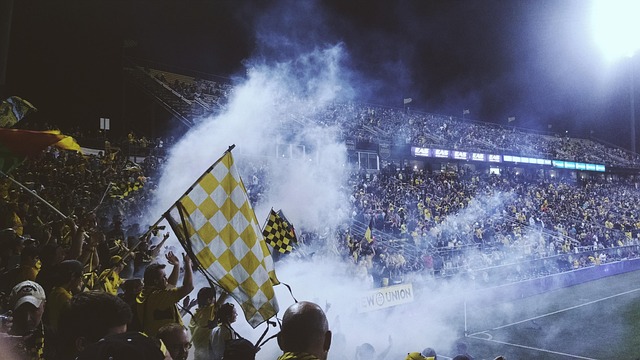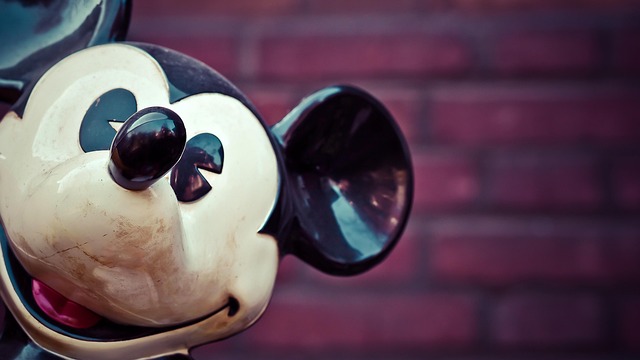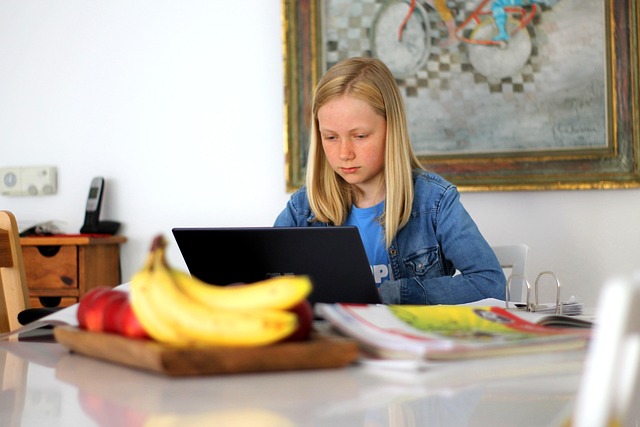In an era where entertainment options flood the market, the success of a concert or festival hinges less on the headline acts and more on how the event connects with the audience on a personal level. Audience engagement has evolved from passive listening to immersive participation, driven by expectations of novelty, interactivity, and meaningful community experiences. This article explores a spectrum of proven tactics that event organizers can deploy before, during, and after the show to cultivate a loyal, energized audience base and create lasting memories that translate into repeat attendance and word‑of‑mouth promotion.
Understanding the Audience: Data, Personality, and Expectations
Effective engagement starts with a deep comprehension of who the audience is and what motivates them. Rather than relying solely on ticket sales numbers, modern strategies blend quantitative data (demographics, purchasing patterns, digital footprints) with qualitative insights (interviews, focus groups, social media sentiment). This dual lens reveals not only age and income brackets but also emotional triggers, preferred music genres, and the level of technological savviness that will inform the entire engagement journey.
- Segment the audience by key characteristics such as age, geographic location, and musical taste.
- Map the typical attendee journey from awareness to post‑event reflection.
- Identify “engagement champions”—individuals who are likely to amplify experiences on social media and within their networks.
Pre‑Event Engagement: Building Anticipation and Personal Connection
Before the first drumbeat, the groundwork for a compelling experience is laid. The pre‑event phase offers a golden window to foster curiosity, create excitement, and establish a sense of belonging among the audience. Key tactics include tailored content, interactive storytelling, and value‑added offers that resonate with the target demographic.
- Personalized Communication: Use email marketing segments and push notifications to send artist spotlights, exclusive video teasers, and early‑bird ticket perks tailored to individual preferences.
- Social Media Challenges: Launch hashtag contests or fan art competitions that encourage participants to share content, thereby extending reach and building community.
- Gamified Pre‑Sale: Offer limited‑time “mystery” tickets or tiered pricing that reward early purchase with backstage passes or merch bundles.
- Virtual Meet‑Nights: Host online listening parties or Q&A sessions with performers to create a sense of intimacy before the physical event.
On‑Site Engagement: Immersive Experience and Real‑Time Interaction
When the audience steps onto the stage, the objective shifts from anticipation to immersion. The event venue itself becomes a living canvas for storytelling, and every touchpoint—from security lines to the main floor—must reinforce the connection between the audience and the performance. In this section, we outline how to blend physical and digital elements to heighten engagement.
“The moment the lights dim, the audience is no longer passive observers; they become active participants in a shared narrative.”
- Dynamic lighting and visual effects synchronized with the music, creating a multisensory environment.
- Interactive screens or AR overlays that allow attendees to explore backstories of tracks or artists while waiting in line.
- Live social media feeds displayed on venue screens, showcasing fan posts, comments, and reactions in real time.
- Stage-side QR codes that unlock exclusive content—behind‑the‑scenes videos, lyric annotations, or personalized messages from the performers.
Community Zones: Fostering Peer Connection
Audience members often look for a sense of belonging beyond the main stage. Dedicated community zones—food stalls, chill‑out lounges, or themed pop‑up installations—encourage interaction among attendees and amplify the festival vibe.
- Collaborations with local artists to create live murals or interactive art pieces that evolve during the event.
- Group challenges, such as a communal dance floor where participants can submit a choreographed routine for a prize.
- Volunteer “ambassadors” stationed throughout the venue to facilitate conversations, guide newcomers, and disseminate event information.
Post‑Event Engagement: Extending the Experience Beyond the Stage
Once the last encore fades, the audience’s journey continues. Post‑event engagement focuses on solidifying the emotional impact, encouraging feedback, and transforming first‑time attendees into long‑term fans. A structured follow‑up plan can turn a one‑night experience into a recurring relationship.
- Send a personalized thank‑you email featuring a highlight reel, exclusive backstage footage, and a discount for the next festival edition.
- Host a post‑event survey that captures both satisfaction levels and suggestions for improvement, demonstrating a commitment to continuous enhancement.
- Offer a loyalty program where points earned at the event can be redeemed for merch, VIP upgrades, or future event access.
- Maintain an active social media community by sharing fan‑generated content, announcing future dates, and teasing upcoming line‑ups.
Data‑Driven Feedback Loops
Collecting and analyzing audience feedback is vital for refining future engagement strategies. Key metrics include average engagement time per activity, sentiment scores from social listening, and conversion rates from pre‑sale offers. By turning raw data into actionable insights, organizers can tailor experiences that align with evolving audience preferences.
Technology as a Catalyst: Mobile Apps, Wearables, and AI
Technology amplifies the reach and personalization of engagement tactics. A robust mobile app, for example, can serve as the central hub for schedules, map navigation, and real‑time alerts. Wearable devices and AI chatbots further personalize interactions, ensuring the audience feels heard and valued.
- App‑based ticketing with RFID or NFC scanning to reduce wait times.
- In‑app AR filters that allow attendees to overlay virtual costumes or stage lighting effects.
- AI‑powered chatbots that answer FAQs, recommend food stalls, or suggest set‑list favorites based on user preferences.
- Wearable wristbands that track movement patterns, providing data on crowd density and popular zones.
Privacy and Trust: The Cornerstone of Tech‑Driven Engagement
While technology enhances personalization, it also raises concerns about data privacy. Transparent policies, opt‑in consent mechanisms, and secure data handling are non‑negotiable. Audiences must trust that their personal information will be protected and used responsibly.
Measuring Success: KPIs that Reflect Audience Sentiment
Quantitative and qualitative KPIs together provide a holistic view of engagement effectiveness. The most relevant indicators include:
- Attendance conversion rates from marketing campaigns.
- Social media engagement (likes, shares, comments) during the event.
- Average dwell time in interactive zones.
- Net Promoter Score (NPS) collected post‑event.
- Revenue generated from ancillary sales (merch, food, exclusive content).
By tracking these metrics, organizers can iteratively refine their strategies, ensuring each subsequent festival delivers an even stronger connection to the audience.
Future Trends: Hybrid Events and Sustainable Engagement
The future of concert and festival engagement lies in blending physical and virtual realms while prioritizing sustainability. Hybrid models allow remote audiences to participate in real time, expanding reach beyond geographic constraints. At the same time, eco‑friendly practices—such as digital ticketing, reusable merch, and waste reduction programs—resonate with increasingly socially conscious audiences.
- Virtual stages that stream live performances to global audiences, complete with interactive chat rooms.
- Augmented reality experiences that overlay the physical stage with digital narratives for on‑site attendees.
- Carbon offset initiatives communicated transparently, reinforcing a sense of shared responsibility.
Conclusion: Crafting Experiences That Speak to the Audience
In an entertainment landscape saturated with choices, audience engagement is the differentiator that turns a one‑night show into a cultural event. By combining deep audience insights, pre‑event anticipation, immersive on‑site experiences, and thoughtful post‑event follow‑up, organizers can forge emotional bonds that transcend the music itself. Technology amplifies these efforts, but it is the human touch—personalized communication, community building, and genuine responsiveness—that ultimately keeps the audience coming back, ticket after ticket, year after year.



